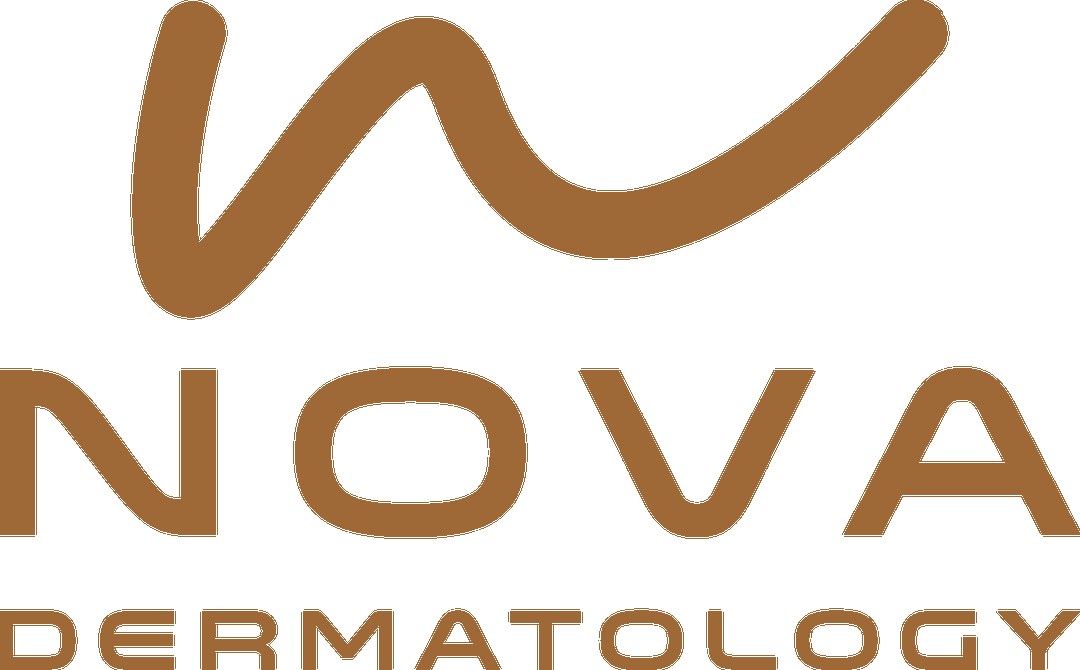Shingles is a reactivation of the Varicella-Zoster virus that creates a rash along the route of the nerve affected in the skin. It is usually painful, however at times it can be itchy or even asymptomatic. It occurs more commonly in the elderly but can occur at any age, especially when people are under stress or their immune system is run down. Complications can occur depending on the severity and location, including blindness, pneumonia, hearing loss, facial paralysis, or encephalitis.
The Varicella-Zoster Virus
Shingles is caused by the varicella-zoster virus — the same virus that causes chickenpox. After you’ve had chickenpox, the virus lies inactive in nerve tissue. Years later, the virus may reactivate as shingles. Shingles is contagious if someone who is not immune to chickenpox comes in contact with the open sores, however they would get chickenpox, not shingles.
Symptoms
Generally, shingles will only affect a small unilateral area of the body at a time – with symptoms including:
Pain, burning, numbness or tingling
- Sensitivity to touch
- A red rash that begins a few days after the pain
- Fluid-filled blisters that break open and crust over
- Itching
- Fever, headache, fatigue
- Sensitivity to light
- May have pain/burning with no rash
Prevention & Treatment
Vaccines can help to reduce the risk of shingles and antiviral medications can shorten the duration and lessen the chance of complications. At times, nerve pain medication and steroids may be given to decrease the chance of post-herpetic neuralgia, or pain lasting years after the rash has resolved.
For more information on shingles, be sure to contact Nova Dermatology today.


